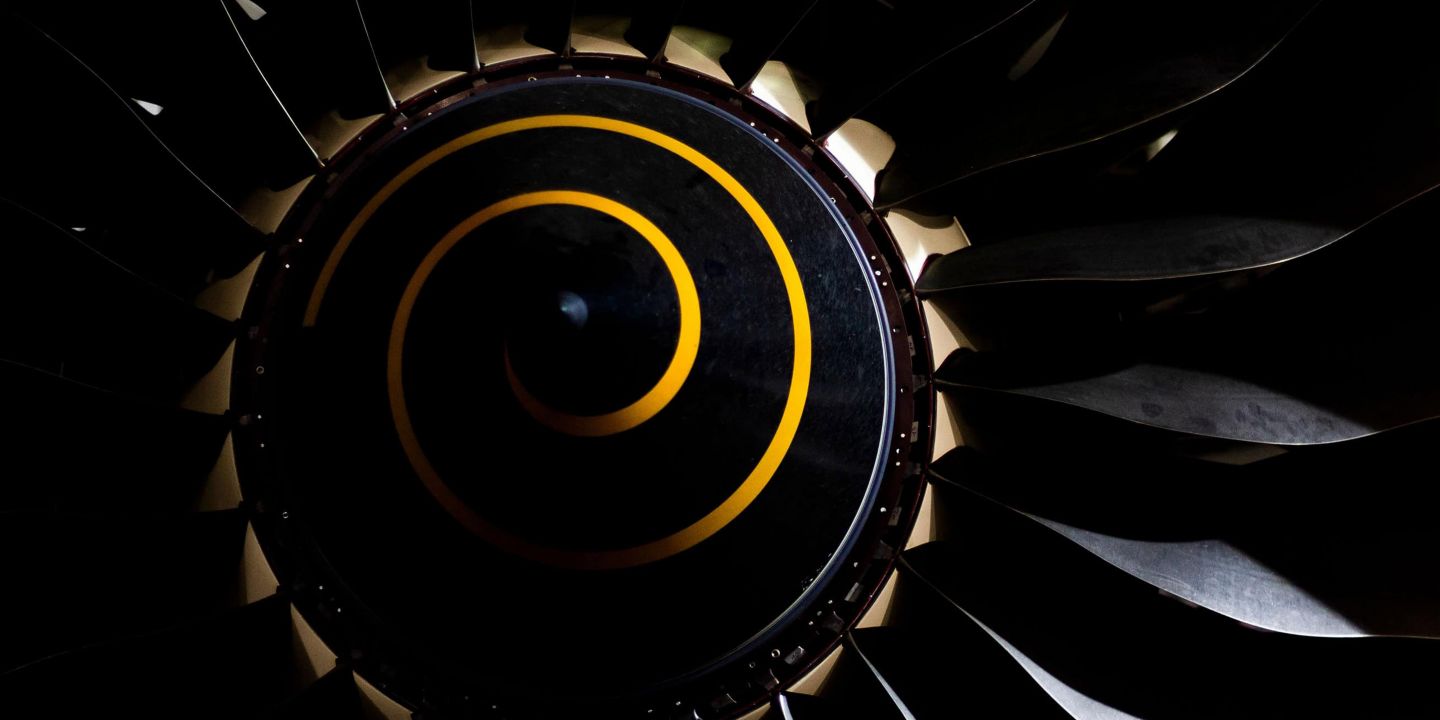Your browser is not supported.
For the best experience, please access this site using the latest version of the following browsers:
By closing this window you acknowledge that your experience on this website may be degraded.
Blogs
-
Blog7 Insights from the 2025 American Aviation Leadership SummitDiscover key industry insights from the American Aviation Leadership Summit hosted by Honeywell Aerospace, highlighting safety, smarter airspace and innovation.
-
BlogSpirit Aeronautics Expands Honeywell Engine & APU Service Center Authorization for Business AviationSpirit Aeronautics celebrates 25 years w/ expanded Honeywell Engine & APU Service Center authorization, offering advanced OEM-level maintenance for business jets.
-
BlogUnderstanding FMS Navigation Procedures: ARINC 424 Path TerminatorsGPS jamming and spoofing now threaten over 1,500 flights daily. Honeywell leads efforts to enhance navigation resilience and safety across aviation.
Press Releases
-
Press ReleaseHoneywell Achieves U.S. Government Authorization For M-Code Military Navigation SolutionTechnology enables secure, precise navigation for military aircraft worldwide.
-
Press ReleaseHoneywell and Abu Dhabi Aviation Sign Multi-Year Deal for Helicopter Avionics Repair and Overhaul ServicesHoneywell and Abu Dhabi Aviation partner to enhance AW139 helicopter avionics repair, boosting fleet readiness and reducing downtime across the Middle East and Africa
-
Press ReleaseHoneywell and Global Aerospace Logistics Sign Three-Year Agreement to Streamline Defense Repairs in UAEHoneywell announced a three-year agreement with Global Aerospace Logistics (GAL) to accelerate and simplify repair and overhaul services for the United Arab Emirates’ Joint Aviation Command (JAC) and Air Force and Air Defense (AFAD).







